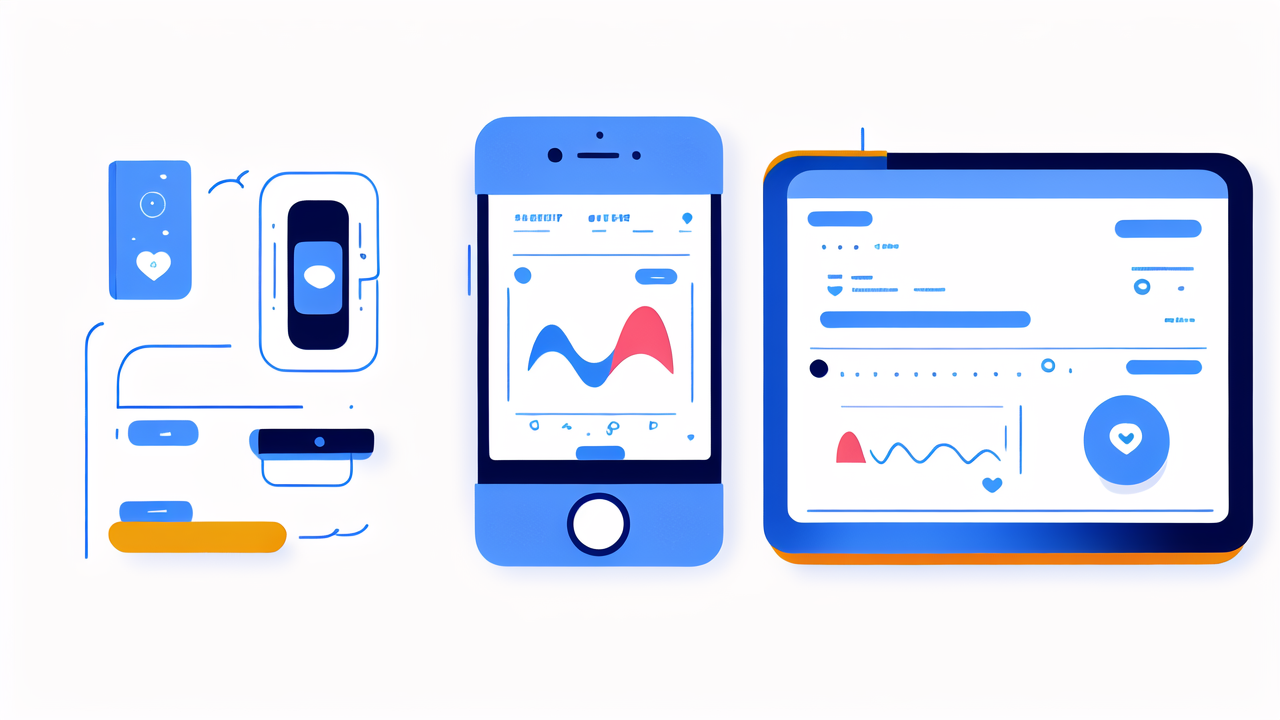Understanding the Role of Smart Bracelets in Personalized Health and Wellness
The Evolution of Smart Bracelets in Healthcare
Smart bracelets have come a long way in healthcare. They started as simple step counters. Now, they're advanced health tools. Early models only tracked basic fitness data. Today's smart bracelets can monitor heart rate, sleep patterns, and more. They've become smaller, more accurate, and longer-lasting. Many now have touchscreens and smartphone integration. Some can even detect falls or irregular heartbeats. This evolution has made them valuable for both fitness enthusiasts and those managing health conditions. As technology improves, smart bracelets are becoming more integral to personal healthcare. They're no longer just gadgets, but essential tools for monitoring and improving health.

Key Features and Benefits of Health-Oriented Smart Bracelets
Health-oriented smart bracelets offer a range of useful features. Most track steps, calories burned, and distance traveled. Many also monitor heart rate and sleep quality. Some advanced models can measure blood oxygen levels and stress. These features help users stay informed about their health. Smart bracelets often come with companion apps for data analysis. This allows users to see trends and set goals. Many devices can send alerts for high heart rates or irregular rhythms. Some can track specific activities like swimming or yoga. Water resistance is common, making them suitable for all-day wear. The long battery life of most models means less frequent charging. These features make smart bracelets valuable tools for health management.
How Smart Bracelets Can Encourage Healthy Habits
Smart bracelets are powerful motivators for healthy living. They provide constant reminders to stay active. Many devices buzz to encourage movement after periods of inactivity. Step count displays can inspire users to walk more throughout the day. Sleep tracking features promote better sleep hygiene. Heart rate monitoring during exercise helps users optimize their workouts. Some bracelets offer guided breathing exercises for stress relief. Many have social features, allowing users to compete with friends. This adds a fun, competitive element to fitness goals. Smart bracelets can also send notifications for medication or hydration. By providing real-time health data, they increase awareness of daily habits. This awareness often leads to better health choices and lifestyle changes.
Navigating the Market: Choosing the Right Smart Bracelet for You
Assessing Your Health and Wellness Goals
Choosing the right smart bracelet starts with knowing your health goals. Are you looking to increase your daily steps? Or do you need to monitor a specific health condition? For general fitness, a basic model tracking steps and calories might suffice. If you're an athlete, look for devices with advanced workout features. Those managing heart conditions should prioritize accurate heart rate monitoring. Sleep quality tracking is important for those aiming to improve rest. Consider whether you need GPS for outdoor activities. Water resistance is crucial if you enjoy swimming. Think about which health metrics matter most to you. Do you want stress tracking or blood oxygen monitoring? Make a list of must-have features based on your health objectives. This will help narrow down your options in the vast smart bracelet market.

The Importance of Compatibility with Other Health Apps
When choosing a smart bracelet, consider its compatibility with other health apps. Many users already have preferred fitness or health tracking apps. Ensure your chosen bracelet can sync with these platforms. Popular apps like MyFitnessPal or Apple Health are often supported. This integration allows for a more comprehensive view of your health data. It can combine bracelet data with nutrition info or other health metrics. Some bracelets work better with specific smartphone operating systems. Check if the device is fully compatible with your phone. Look for bracelets that offer open API access. This allows for future compatibility with new apps. Consider how easily you can export your data from the bracelet's app. This is important if you want to switch devices or apps later. Good compatibility ensures you can make the most of your smart bracelet's data.
Regulatory Considerations for Smart Bracelets in the US
In the US, smart bracelets fall under FDA regulations if they make medical claims. Most fitness trackers are considered low-risk and don't need FDA clearance. However, devices that diagnose or treat conditions do require approval. It's important to check if a bracelet claiming medical benefits is FDA-cleared. The FDA also regulates how companies can market these devices. Claims about detecting specific health conditions must be backed by evidence. Privacy is another key consideration. Look into how the company handles your health data. US laws like HIPAA may apply if the device stores medical information. Some states have additional privacy laws for wearable devices. Consider where your data is stored and who has access to it. Choose devices from reputable companies that prioritize data security and privacy.
Best Practices for Using Smart Bracelets to Enhance Personal Health
Setting Up Your Smart Bracelet for Maximum Efficiency
To get the most from your smart bracelet, proper setup is crucial. Start by fully charging the device before first use. Download the companion app and create an account. Enter accurate personal information like age, height, and weight. This helps improve the accuracy of calorie and activity calculations. Sync your bracelet with your smartphone and enable necessary permissions. Customize your goals based on your health objectives. Set realistic targets for steps, sleep, and other metrics. Familiarize yourself with all features and customize notifications. Enable GPS if you plan to track outdoor activities. Set up any health condition monitoring features you need. Learn how to navigate the bracelet's interface and adjust settings. Consider enabling automatic syncing for real-time data updates. Properly setting up your device ensures you'll get accurate, useful health insights.

Tips for Maintaining and Charging Your Smart Bracelet
Proper maintenance ensures your smart bracelet lasts longer and works better. Clean your device regularly with a soft, dry cloth. If it's water-resistant, rinse it after sweaty workouts or swimming. Avoid using soap or harsh chemicals when cleaning. Charge your bracelet before the battery is completely drained. Most devices work best when charged between 20% and 80%. Avoid exposing your bracelet to extreme temperatures. Remove the device occasionally to let your skin breathe. If you develop any skin irritation, stop using it and consult a doctor. Keep the charging ports clean and dry. Use only the charger provided with your device. Update the bracelet's firmware regularly for best performance. If you're not using it for a while, store it in a cool, dry place. With proper care, your smart bracelet can remain a reliable health companion for years.
Leveraging Data and Insights for Improved Health Outcomes
Smart bracelets collect a wealth of health data. To improve your health, it's important to use this data effectively. Regularly review your activity levels, sleep patterns, and heart rate data. Look for trends over time rather than focusing on daily fluctuations. Use the insights to set realistic, achievable health goals. If your step count is low, try to gradually increase it each week. Pay attention to your sleep quality and duration. Use this info to adjust your bedtime routine. Monitor your resting heart rate for changes that might indicate stress or illness. Use workout data to track your fitness progress and adjust your routines. Some bracelets offer stress monitoring - use this to identify stressful periods. Share relevant data with your healthcare provider for more informed discussions. Remember, the goal is to use this data to make positive lifestyle changes.




Leave a comment
This site is protected by hCaptcha and the hCaptcha Privacy Policy and Terms of Service apply.